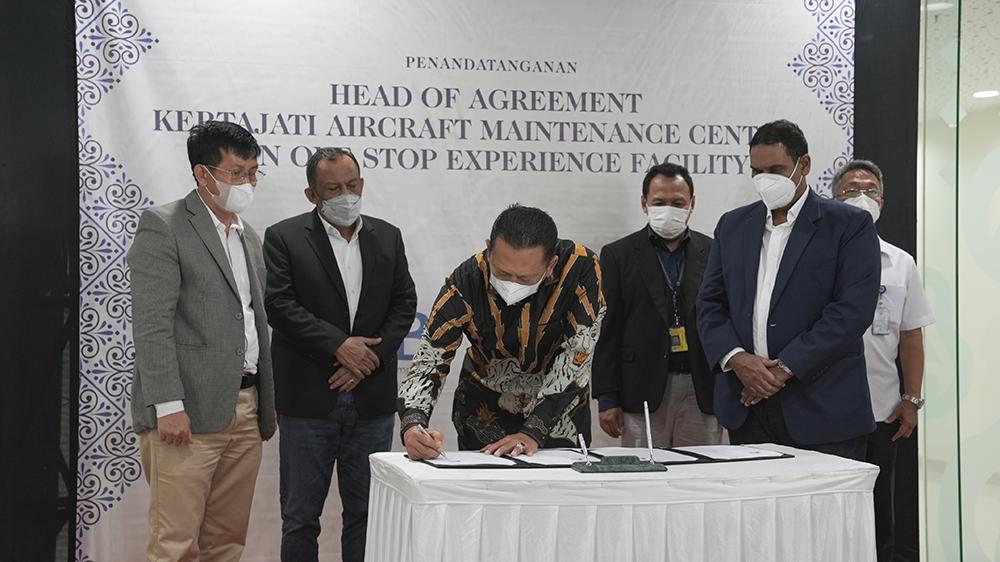
The Association of Asia Pacific Airlines reported May international passenger counts in the region rose strongly to 24% of pre-COVID volumes with many travel restrictions lifted. Two-thirds of participants in a recent IBA webinar expect all Asia-Pacific travel restrictions will be lifted by the end of this year, and a third expect restrictions will be gone by the end of October.
These trends have MROs in the South Pacific thinking of growth again, particularly in the Philippines and Indonesia. However, challenges remain.
“There is overall recovery of the international travel that is driving demand for maintenance,” notes Stefan Yordanov, vice president of finance, strategy and corporate projects at Lufthansa Technik Philippines. Aircraft were grounded and maintenance was postponed during the pandemic. Now, despite high fuel prices, demand and flights are growing.
Yordanov says another boost to maintenance of older aircraft is that aircraft manufacturers are having challenges in delivering new types, “which leads to reactivation of aircraft like the Airbus A340 and A380 that were considered by some operators to be taken out of use.” However, Yordanov says the recovery is “later than desired,” and at a “pace faster than the industry can manage.”
The global supply chain is under pressure and worsening for consumables and expendables due to the Ukraine war and Chinese lockdowns. “Several suppliers and OEMs are declaring shortages and thus limiting supply to aircraft in close proximity or grounded,” says Yordanov, adding: “Consumable suppliers are declaring raw material shortages or raw material prices are skyrocketing … with no short-term relief in in sight.”
Made-to-order sealants, gap fillers and other consumables subject to manufacturing lead times and limited shelf-lives are difficult to obtain. Parts requiring special permits take time to secure. Bulky raw materials, such as seat tracks, tubes, sheets and panels that require freighters and hydraulic fluids are also challenges, according to Yordanov.
When COVID-19 hit, Lufthansa Technik (LHT) cut staff. “For the moment we have a sufficient workforce, but we also want to grow,” Yordanov says. “This would lead to rehiring of former colleagues and bringing new people on board.”
Yordanov says LHT is looking at adding new locations in Asia, including but not limited to the Philippines. It also wants to grow in the narrowbody market and has already made progress in the segment. Like most MROs, LHT also wants to add more digitalization and new technologies.
The situation appears roughly similar in Indonesia, which has also begun opening its international flights. Freddy Franciscus, secretary general of the Indonesia Aircraft Maintenance Services Association, is also seeing a recovery in maintenance demand.
How strong is the recovery? “Strong enough,” Franciscus responds. The Indonesian recovery so far has mostly been in narrowbodies, such as the A320 family and Boeing 737s, and regional aircraft, such as ATRs.
Franciscus says Indonesia’s MROs mostly managed to retain mechanics during the crisis, so staffing up is not an immediate challenge. However, there have been challenges in obtaining parts—especially Parts Manufacturing Approval parts.
As in the Philippines, Indonesian MRO is looking forward to renewed growth and expansion. Franciscus points to the plans of Kertajati International Airport in West Java to become a new center for logistics and aircraft maintenance.
Nearly half of Indonesia’s aircraft still get their maintenance abroad, according to Kertajati Airport’s director, Muhammad Singgi. In March, the freight company ACN Aero Teknik agreed to establish an MRO facility at Kertajati, building a hangar on nine hectares (968,752 ft.2) of land with an initial investment of $10 million. The first phase of construction is scheduled to be completed within eight months.





